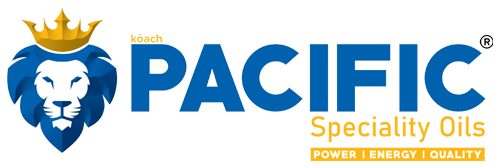Description
PEG has good lubricating properties and can reduce friction and wear in mechanical systems therefore, the presence of excess PEG in the esterified biolubricant will not affect/or reduce lubricant performance. It also has a high viscosity and can improve the stability and flow characteristics of biolubricants.
Polyethylene glycol (PEG) esters are used in lubricants, particularly in the processing of thermoplastics. PEG esters have many properties that make them a potential replacement for petroleum-based lubricants, including:
Friction: PEG esters can reduce friction and wear by forming a lubricating film on a surface
Viscosity: PEG esters have a high viscosity index
Flash point: PEG esters have a high flash point
Pour point: PEG esters have a low pour point
Compatibility: PEG esters are compatible with additives
Metal affinity: PEG esters have a high affinity to metal surfaces
PEG esters are also used in other applications, such as:
Emulsifiers: PEG esters are used in bath oils, lotions, and after-bath products, as well as in mineral oil-based metal working lubricants, textiles, and leather
Emollients: PEG esters are used in creams and lotions
Opacifiers: PEG esters are used in hair care products
Defoamers: PEG esters are used in latex paintings
Grades
PACIFIC NESTOR PEG 50


